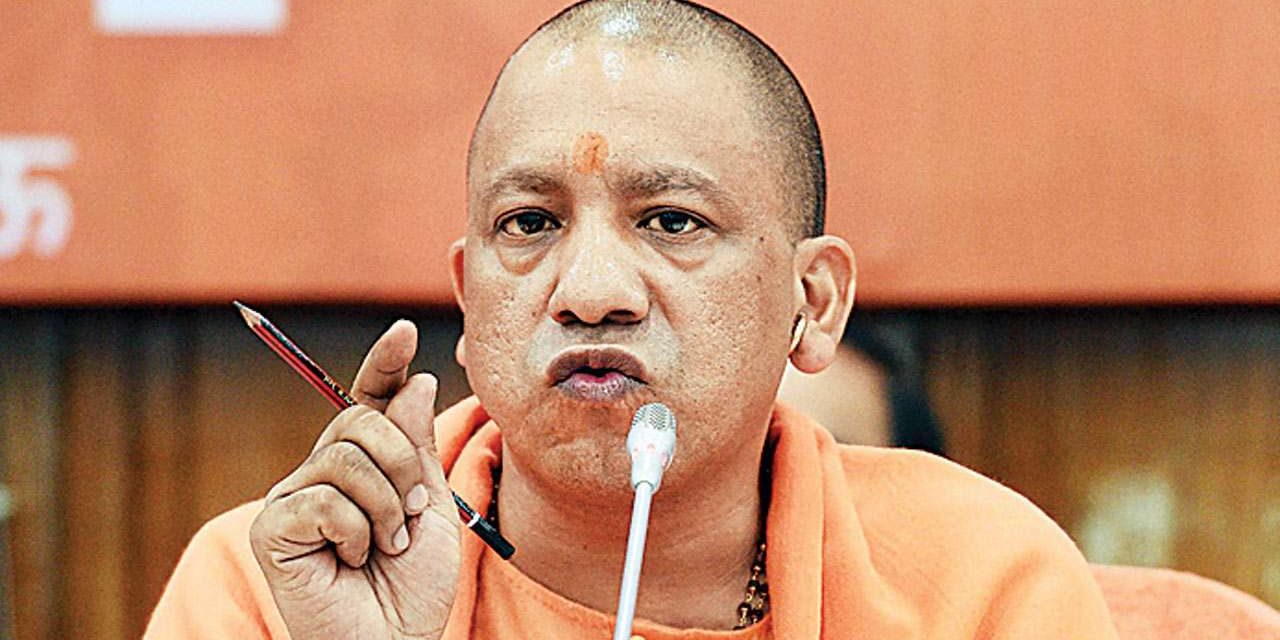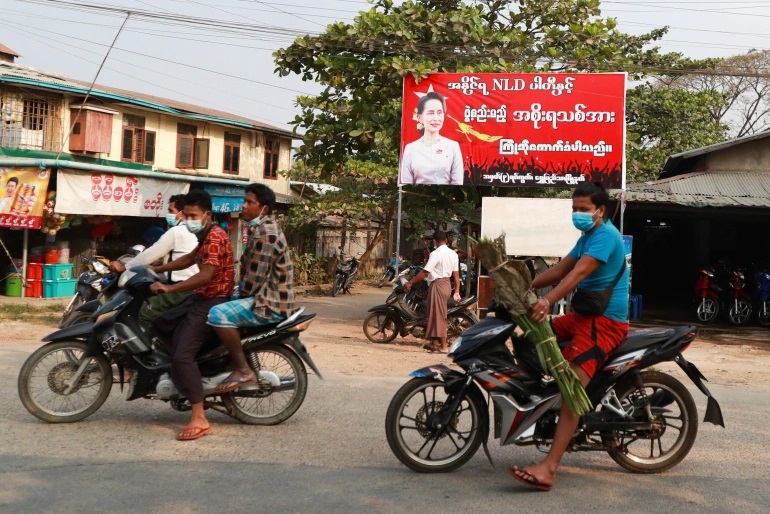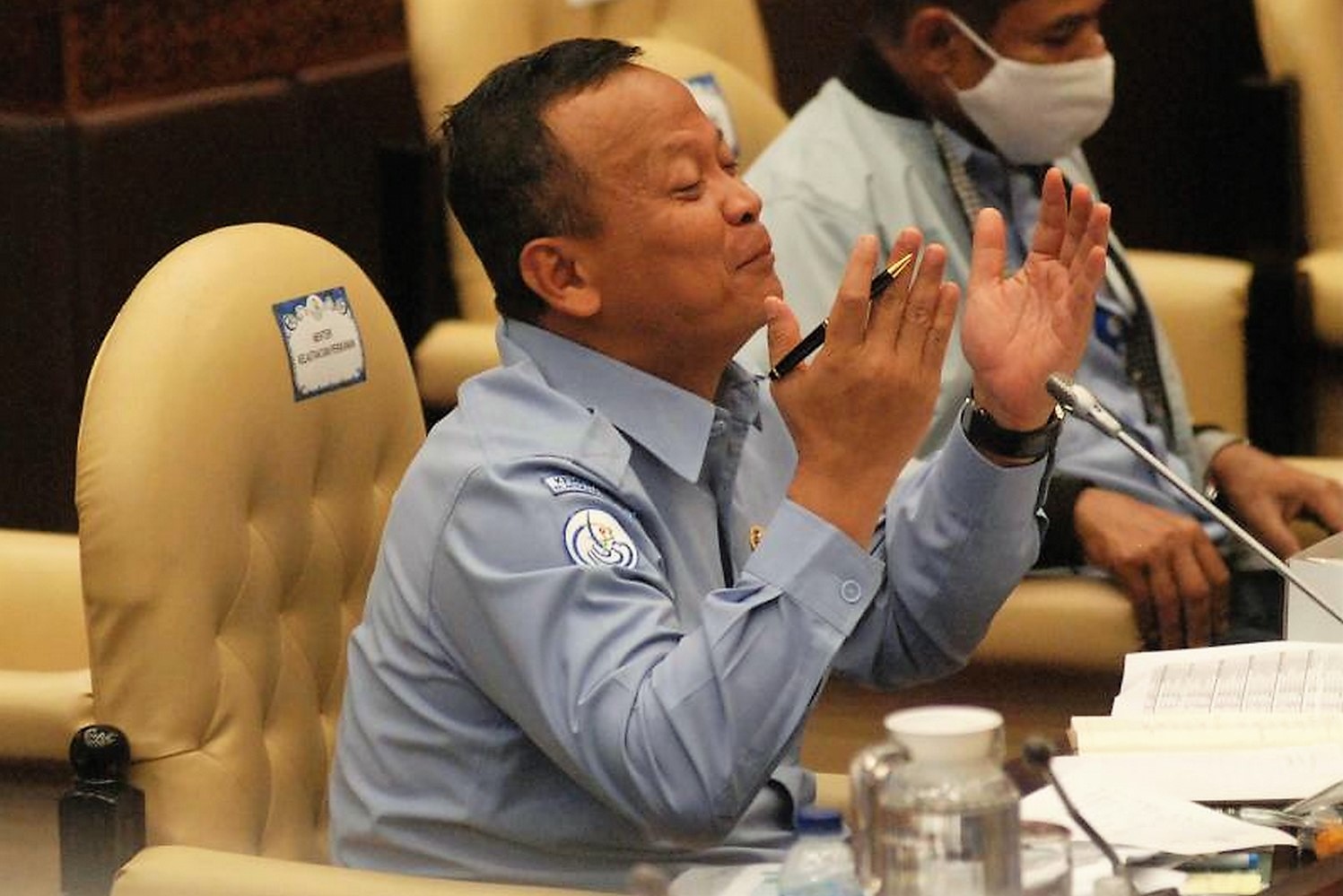4 July 2019
Indian bureaucracy has been known for its corruption all along. The corruption was made possible by excessive regulations, complicated tax and licensing systems, several government departments with opaque bureaucracy and discretionary powers, monopoly of government-controlled institutions on certain goods and services delivery, and the lack of transparent laws and processes. Some efforts must be taken to remedy these shortfalls to eliminate corruption in the bureaucracy.
Uttar Pradesh, Chief Minister Yogi Adityanath (in picture) has now taken nearly 600 government employees in the state for reviews who are suspected of corruption.
He has already sent a list of 200 suspected officials to the central government for approval of early voluntary retirement for them. The voluntary retirement applies to officials who are already over 50 and have put in at least 15 years of service.
At present, the retirement age is 60 years. The loss of 10 years of service means loss in terms of the benefits and perks for that period and, more importantly, a lifelong loss of honour.
Against 400 other officials, the state government has recommended they will have no future promotions and they will be transferred from critical posts immediately. A final decision, rests with the Centre.
Last month the central government dismissed 12 senior income tax officers in the direct taxes department and compulsorily retired 15 more senior officers in the Central Board of Indirect Taxes.
Bureaucratic procedures and complex legal system have delayed the prosecution and conviction of errant officers. Now the administration is short-circuiting the process by retiring errant officials under the existing rules. The authorities should take sufficient steps to establish an official is corrupt before he is compulsorily retired. Because there will be many false accusations for spiting a person.















